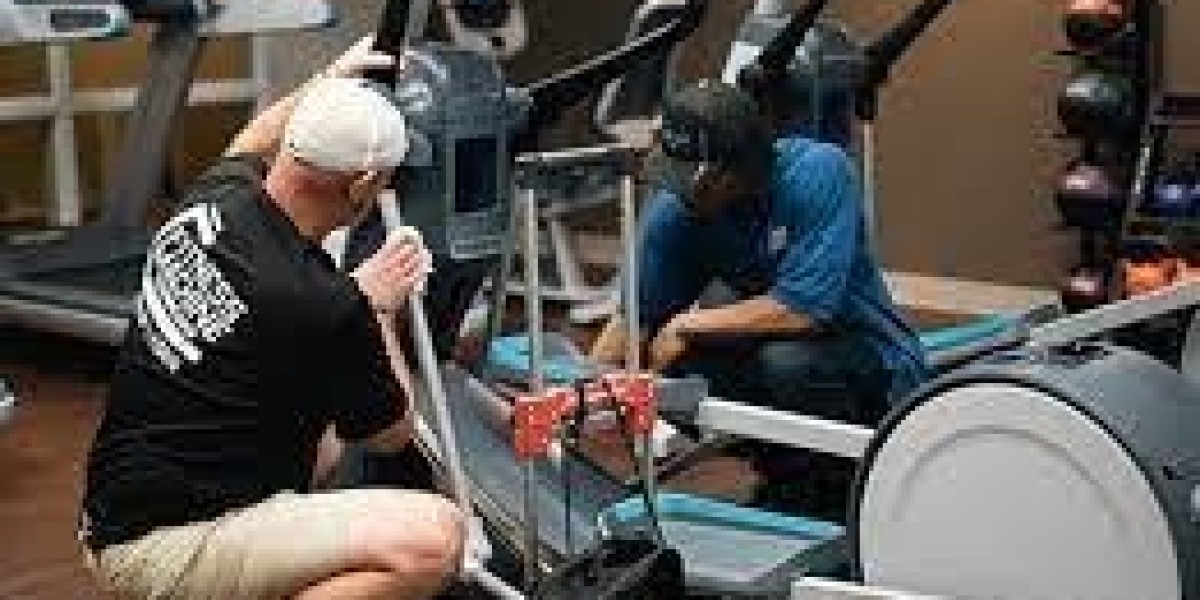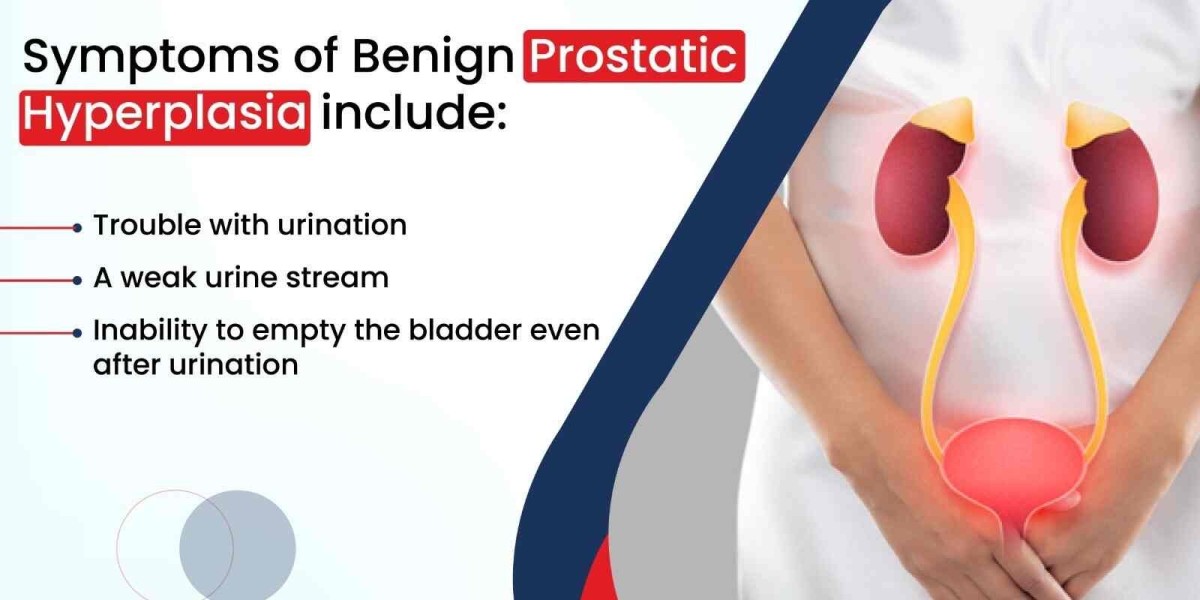Gyms serve as spaces where individuals strive to improve their physical health and overall well-being. However, amidst the pursuit of fitness goals, safety should always remain a top priority. One crucial aspect of maintaining a safe gym environment is regular Gym safety equipment inspection. From treadmills to free weights, every piece of equipment must undergo thorough examination to mitigate the risk of accidents and injuries. In this article, we delve into the significance of gym equipment inspection, the key components of an inspection routine, and the steps gym owners and managers can take to uphold safety standards.
Why Equipment Inspection Matters
The gym environment is dynamic, with equipment being subjected to frequent and rigorous use. Over time, wear and tear can compromise the structural integrity of machines, making them prone to malfunction. Equipment failure not only poses a risk to the individuals using it but also exposes the gym to potential liability issues. Regular inspection helps identify any issues early on, allowing for timely maintenance or replacement, thereby reducing the likelihood of accidents.
Moreover, equipment inspection is essential for compliance with safety regulations and standards. Gyms are obligated to provide a safe environment for their patrons, and adherence to inspection protocols demonstrates a commitment to fulfilling this responsibility. By prioritizing safety, gyms can enhance their reputation and foster trust among members.
Components of Equipment Inspection
A comprehensive equipment inspection encompasses various aspects, including:
Visual Examination: Inspectors visually assess each piece of equipment for signs of damage, such as cracks, dents, or loose parts. Visual inspection can reveal obvious defects that may affect the functionality or safety of the equipment.
Operational Testing: Beyond visual examination, equipment must undergo operational testing to evaluate its performance. This involves testing different functions and settings to ensure proper operation. For example, treadmills should be tested for speed accuracy, incline functionality, and emergency stop mechanisms.
Structural Integrity: Inspectors check the structural integrity of equipment to verify that it can withstand the stress of regular use. This includes examining frames, handles, cables, and other components for signs of wear or weakness.
Safety Features: Safety features, such as emergency stop buttons, safety locks, and protective guards, should be inspected to ensure they are functional and accessible. These features play a crucial role in preventing accidents and minimizing injuries.
Maintenance Records: Maintaining detailed records of equipment inspections and maintenance activities is essential for tracking the condition of each machine over time. These records serve as documentation of compliance with safety regulations and can be valuable in case of audits or liability claims.
Implementing an Effective Inspection Program
Gym owners and managers can take proactive measures to establish an effective equipment inspection program:
Schedule Regular Inspections: Set a schedule for routine inspections based on the frequency of equipment use and manufacturer recommendations. Weekly, monthly, and quarterly inspections may be necessary to ensure thorough coverage.
Train Staff: Provide comprehensive training to staff members responsible for conducting equipment inspections. Training should cover inspection protocols, safety guidelines, and reporting procedures for any identified issues.
Invest in Quality Equipment: Purchase equipment from reputable manufacturers known for their quality and durability. Investing in high-quality machines reduces the likelihood of malfunctions and prolongs the lifespan of equipment.
Prompt Repairs and Maintenance: Address any issues identified during inspections promptly. Establish a protocol for reporting and addressing equipment defects, and allocate resources for repairs or replacements as needed.
Communicate with Members: Keep members informed about the importance of equipment safety and the measures taken to ensure their well-being. Encourage them to report any concerns regarding equipment maintenance or functionality.
Conclusion
Maintaining a safe gym environment requires a proactive approach to equipment inspection and maintenance. By regularly assessing the condition of equipment, addressing issues promptly, and prioritizing safety features, gym owners can create a conducive environment for members to pursue their fitness goals with peace of mind. Ultimately, the investment in equipment inspection is an investment in the well-being of gym patrons and the long-term success of the facility.








